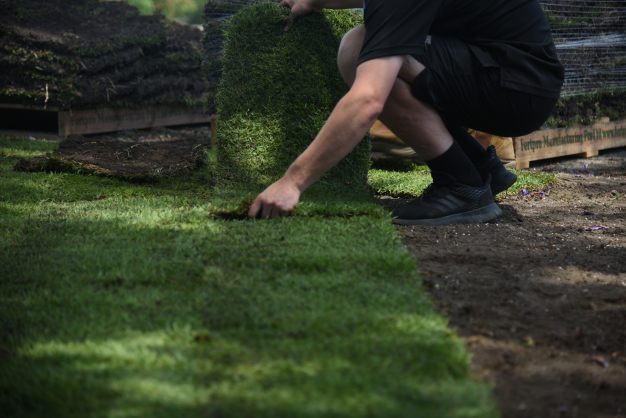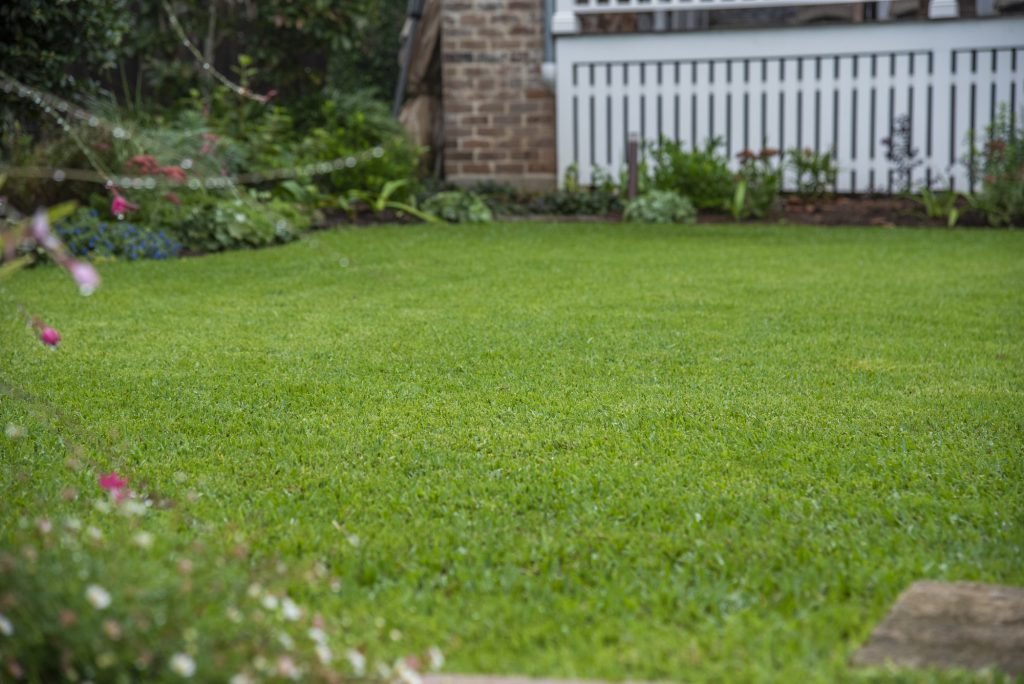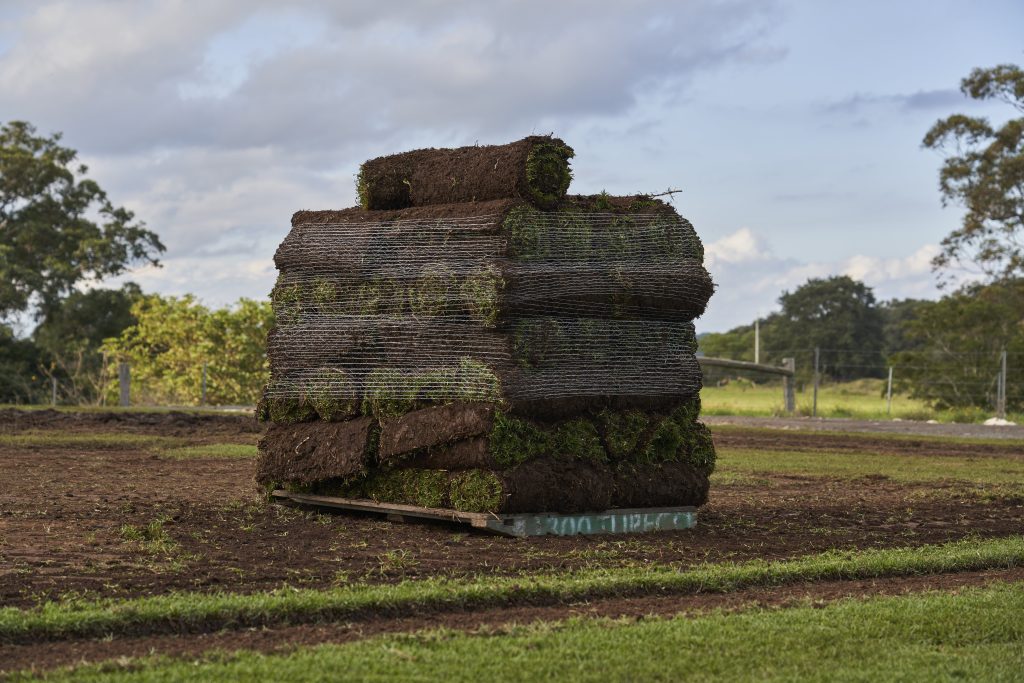Tips for managing winter shade on your lawn
- Water your lawn less frequently in shaded areas
- Prune trees and shrubs back to allow more sunlight to your lawn
- Never mow off more than one-third of the leaf at a time
- Choose a shade tolerant turf variety
Managing winter shade on your lawn can be harder as the sun gets lower in the sky and the amount of sunlight your lawn receives decreases.
How much shade can your lawn tolerate and what can you do about it?
Shade is quite often overlooked when new lawns are laid following housing construction. Any trees and shrubs are often newly planted as well and won’t affect the lawn for some time. With shrinking block sizes and larger homes becoming the norm, shade from neighbouring buildings can be an issue for your lawn.
Consider the effort stadiums go to manage their turf with massive grow-light setups and closable roofs. That will give you an idea of how the professionals try to manage shade. At home, managing the shade itself is also a priority. Routine pruning of trees, bushes and other foliage to allow as much sunlight as possible onto your lawn. Avoid over-watering, as shade prevents the quick evaporation of dew or surface water. Continued dampness encourages diseases that inhabit growing grass.
It is best to water shaded areas only when absolutely necessary and then water deeply. When mowing, never cut more than one third of the length off the blade. In shady areas it can be best to remove clippings to allow as much light as possible to reach the soil. If your lawn refuses to grow in a high-shade-area regardless of what you do, the last option could be to remove the lawn and replace it with a new pathway or garden bed.
The amount of shade will vary with the time of year and the aspect of the lawn area to structures. In these circumstances it helps to select the right lawn type to keep your lawn alive in heavy shade. Soft Leaf Buffalo grasses like Sir Walter DNA Certified in Australia tend to do the best in the shade. Sir Walter DNA Certified can tolerate 50 to 70 percent shade. This means three to four hours of direct sun daily, or speckled sunlight from trees for most of the day.
Other options
Sir Grange Zoysia is a new highly shade tolerant turf variety which requires very low fertilising. Due to its extremely slow growth habit it requires very little inputs. As a result, Sir Grange doesn’t require as much sunlight. Sir Grange can survive in areas of high shade better than most turf varieties currently available.
Another turf variety that has impressive shade tolerance qualities is TifTuf Hybrid Bermuda. TifTuf has increased gibberellic acid production which results in superior stimulation of photosynthesis. This greatly assists in its winter colour retention as well as the plants ability to have increased photosynthesis. This means it has a greater ability to absorb sunlight. In simple terms, this means that it needs 50% less sunlight than all other Bermuda’s.
For information on caring for your lawn visit our Lawn Care Page.



